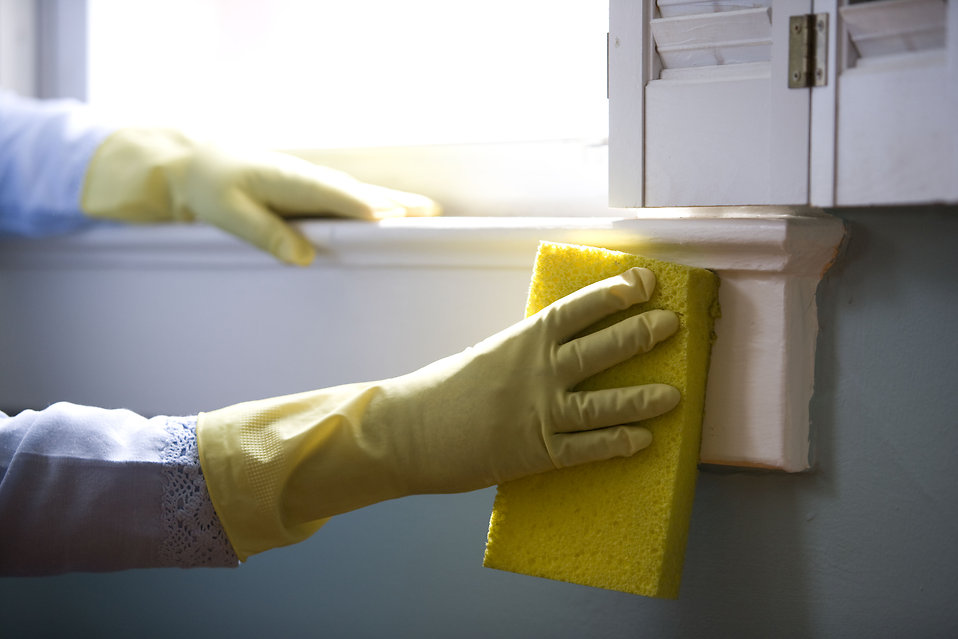How To Get Rid Of Mold The Right Way
/When you have a bad case of mold, you definitely want to get the right information on how to get rid of it. Not only are most misguided suggestions toxic to you, but some will even make the mold return worse than before! Mold is different from dirt and grime and must be treated as such when seeking to remove it. The Environmental Protection Agency (EPA) provides a few recommendations in a helpful guide that can get you started on the right track.* We have provided additional information you may find useful to get rid of mold and more importantly, keep it from coming back.
The first and most important step in mold remediation is to control moisture. You must stop the source of moisture or the mold will most likely always return. Locate and fix all water leaks. It is also important to let water damaged areas dry out completely before you begin treatment.
Interior Mold Cleaning:
Clean and remove any visible presence of mold
Allow the area to dry
After surface has been cleaned and dried, treat all surfaces with a moisture barrier coating to prevent future mold growth
Places to look inside your home for leaks:
Refrigerator drain pan
A.C. air handler, overflow pan and condensate drain pipe
Any broken water pipes in the floor, wall or crawlspace
Remember, if you keep your living space closed up, you add moisture by bathing and cooking, etc. Always use your exhaust fans to vent moisture out of your home.
If you have a basement or crawlspace, moisture may be entering from:
Plumbing leaks
Water intrusion through outside walls. Call a professional or contractor. This surface will need to be waterproofed and a drain installed to redirect water to a low point away from your home. (French drain) http://en.wikipedia.org/wiki/French_drain
Rising damp – The process in which moisture rises from the unsealed ground in the crawlspace. Call a professional or contractor. A sump pump may be needed to extract ponding water to the outside.
NOTE: Mold WILL Grow in these conditions listed above. Around 60% of crawlspace air is circulated throughout your home. This moldy, mycotoxin infected air can cause extreme health problems in your home.
How to Get Rid of Mold In a Crawlspace:
Crawlspace should be first cleared of all debris.
Surface should be washed. It is NEVER recommended to clean mold with toxic chlorine bleach. Always use a non-toxic cleaning solution.
After surface has been cleaned and dried, treat all surfaces with a moisture barrier coating to prevent future mold growth.
Seal the crawlspace from outside air.
Line the floor with a minimum of 16 mil. polyethylene plastic sheeting.
The walls should also be lined with the connecting ground covered poly up to the sill plate, attaching this portion of the poly with double-sided tape. NEVER use spray adhesive which can ignite.
Install a dehumidifier to keep your conditioned crawlspace air dry.
NOTE: This exterior wall poly MUST be clear from the ground to sill plate. This will allow the surface to be visually inspected for termites.
Remember: Crawlspace remediation should be performed by a qualified professional. Feel free to contact us at 863.665.0203 for a free referral.
Need advice about your mold problem? We are always happy to help.



